2019
Residency
Program
Portland, Oregon
August 1, 2019 to August 31, 2019
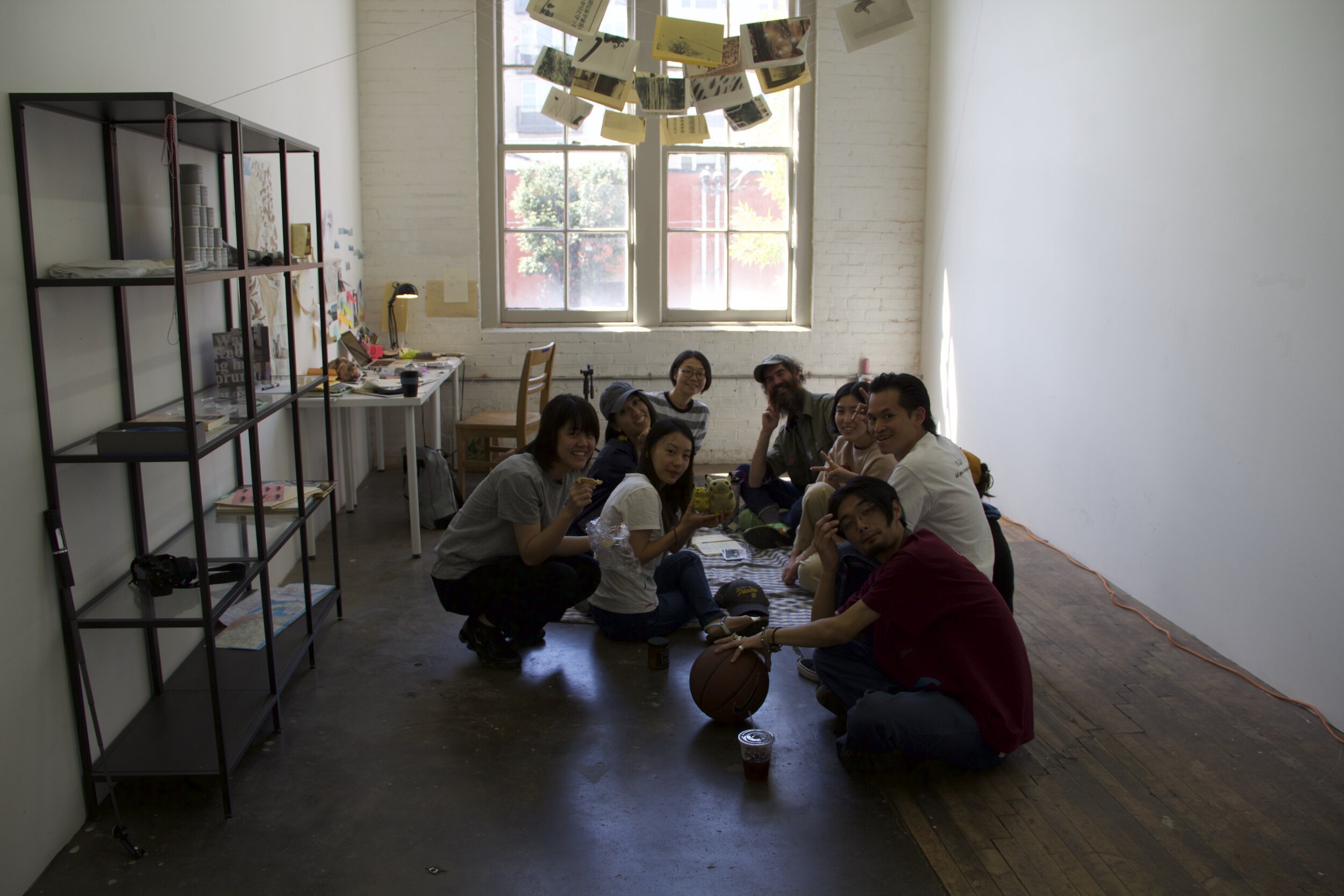
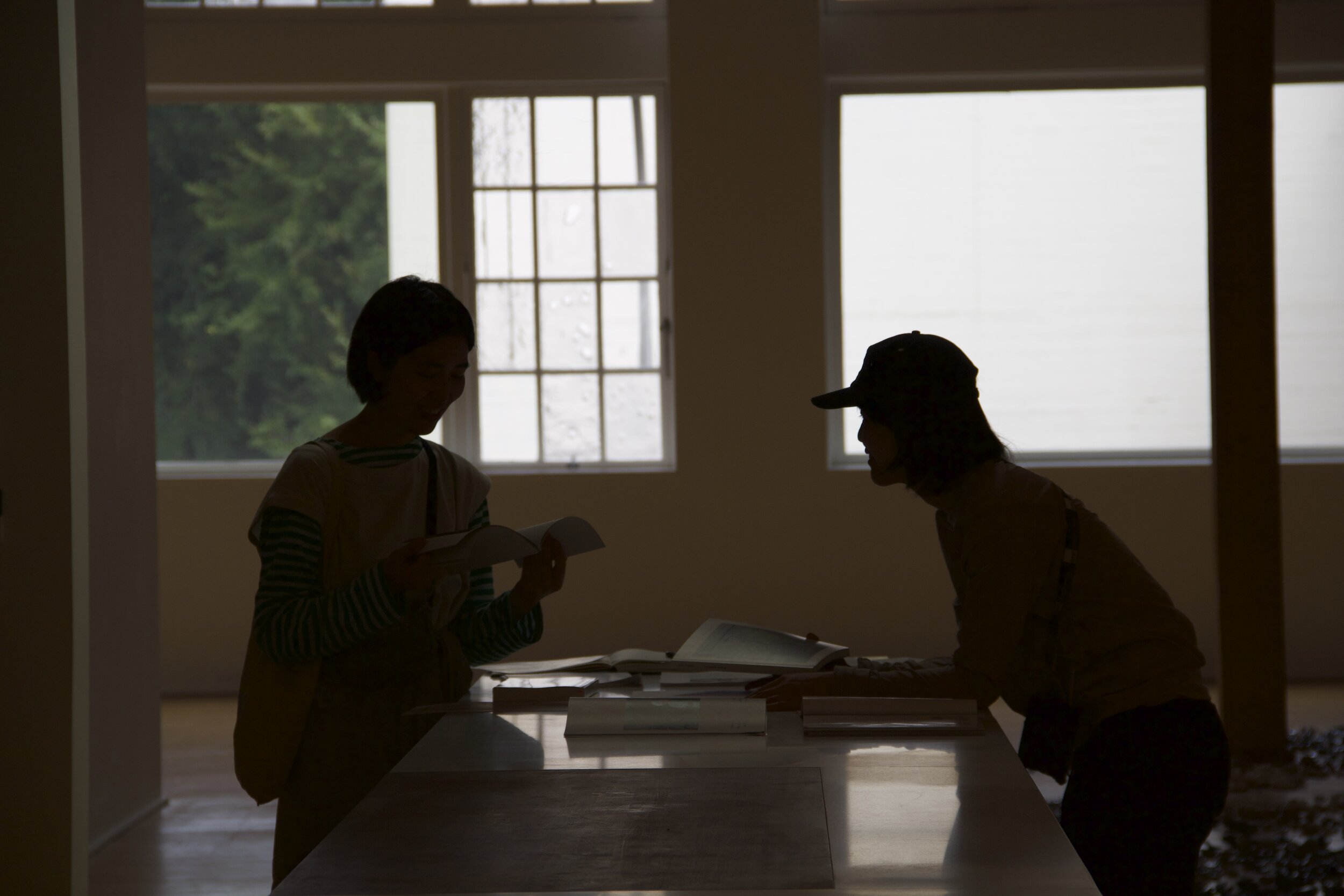
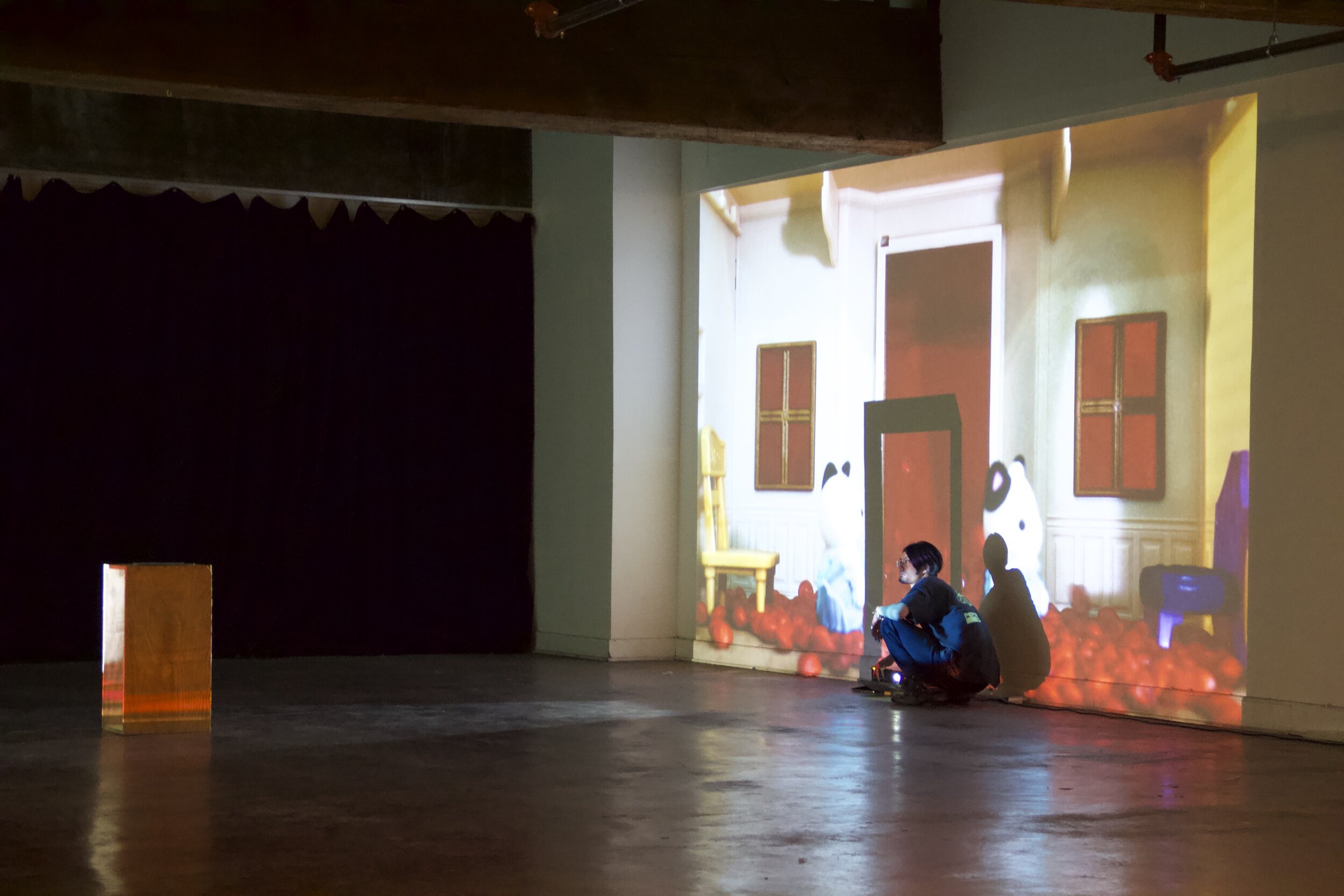
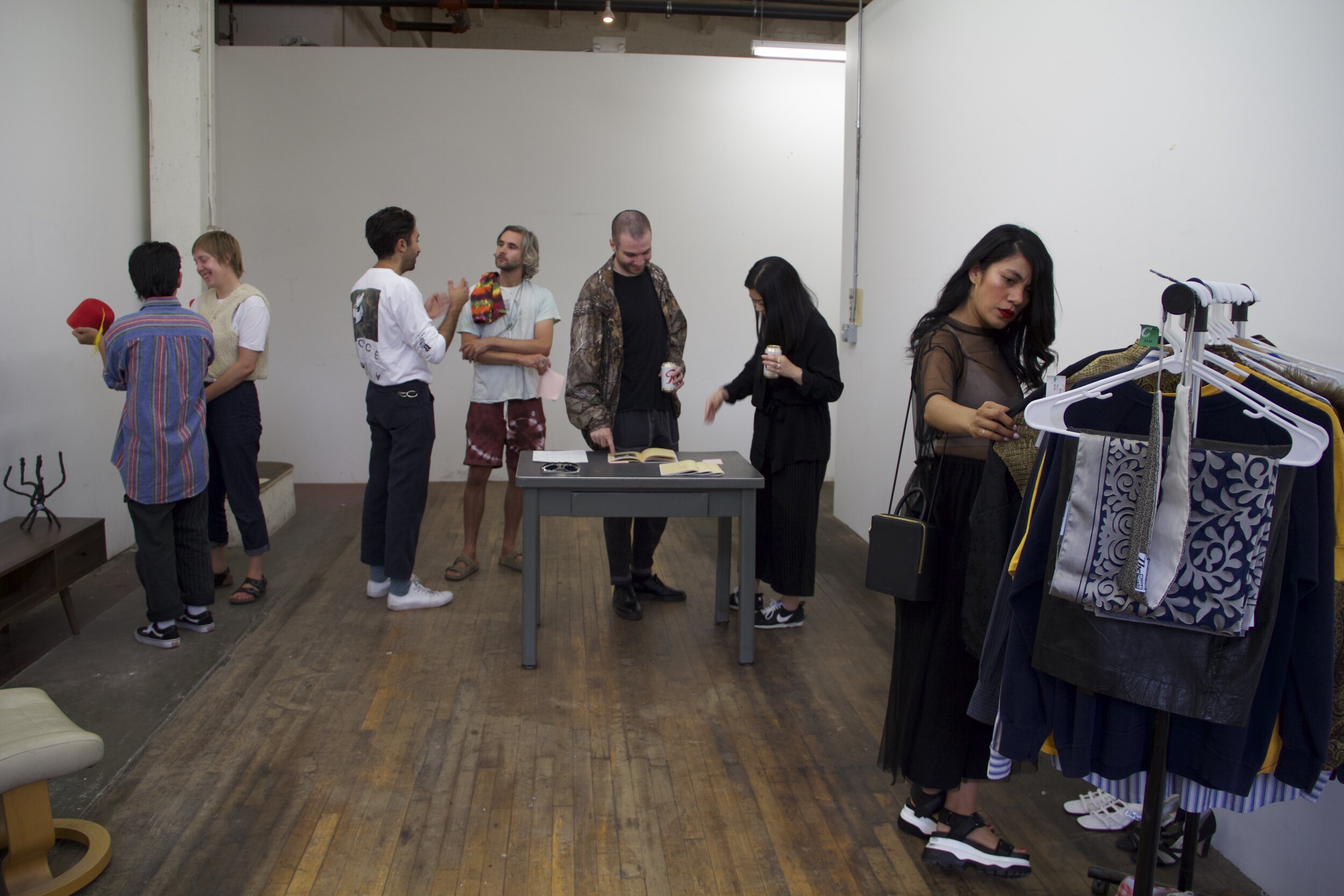
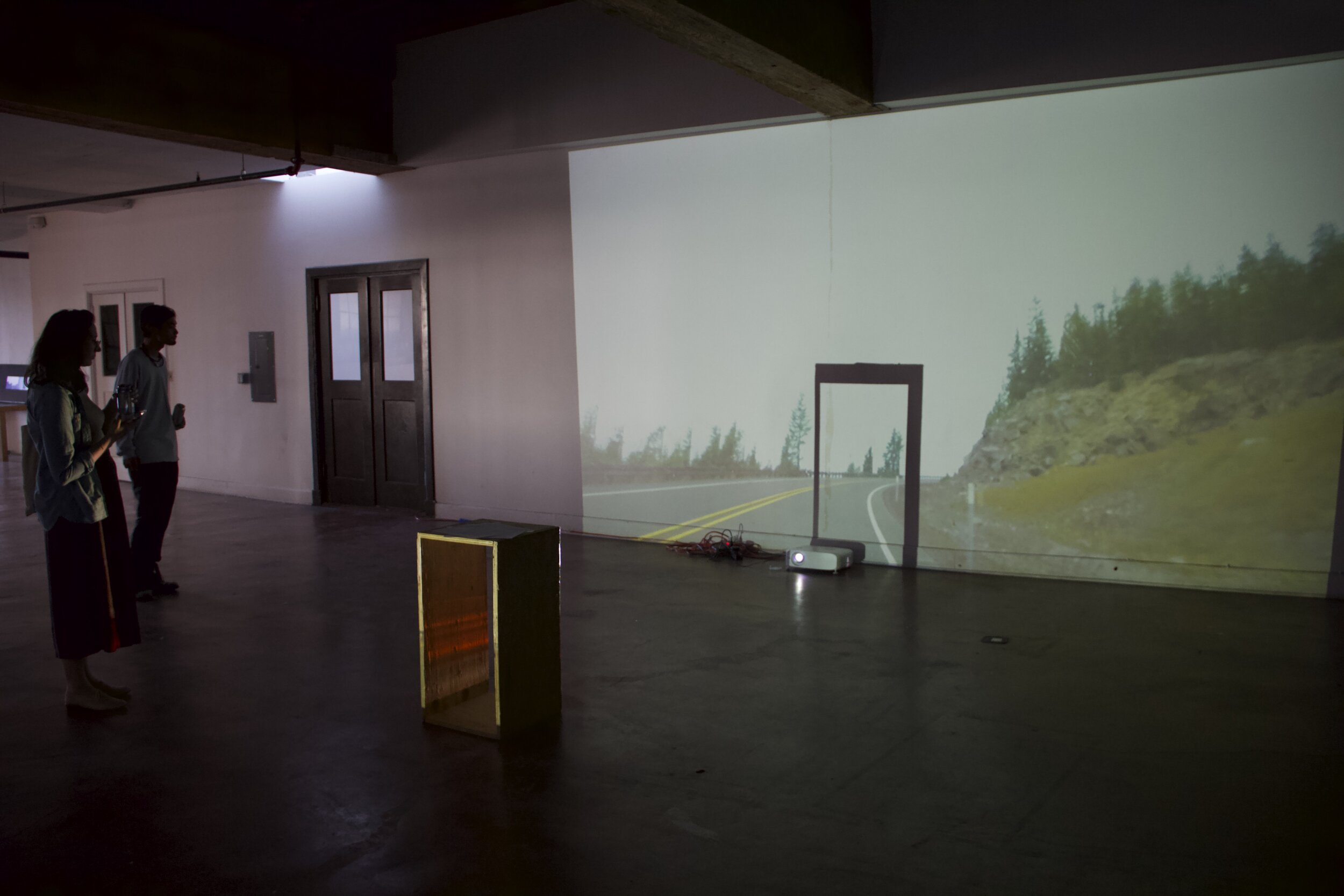
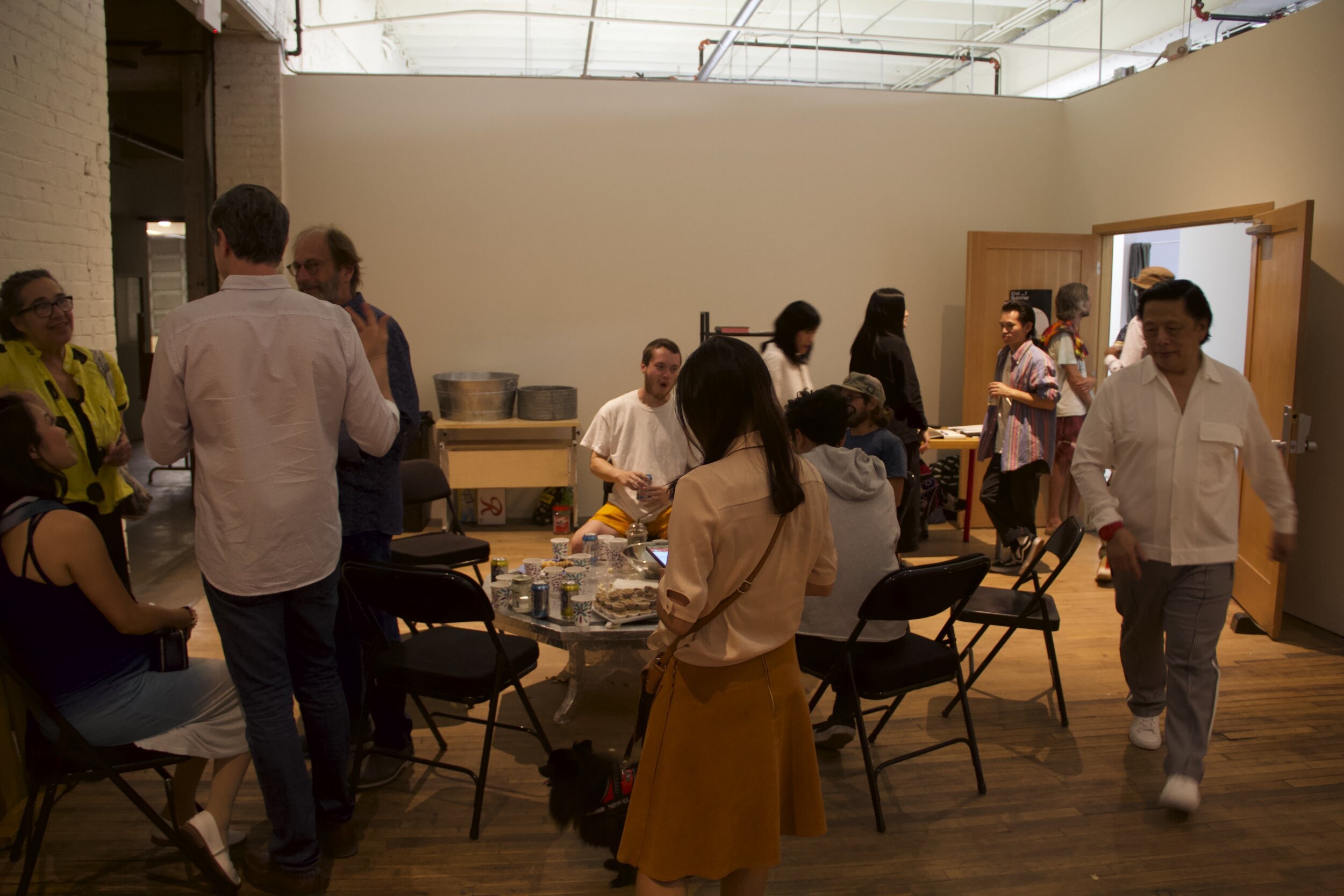

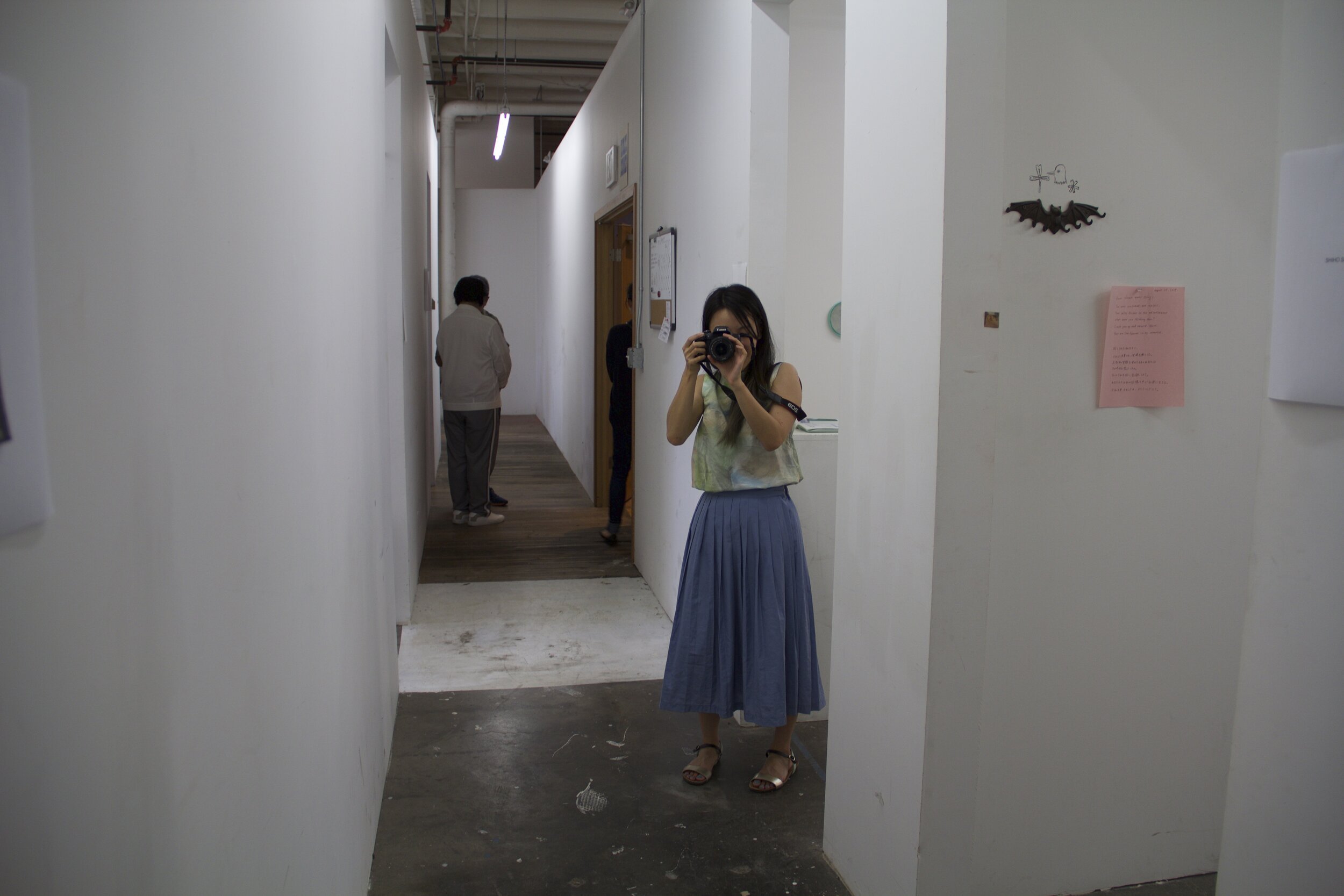
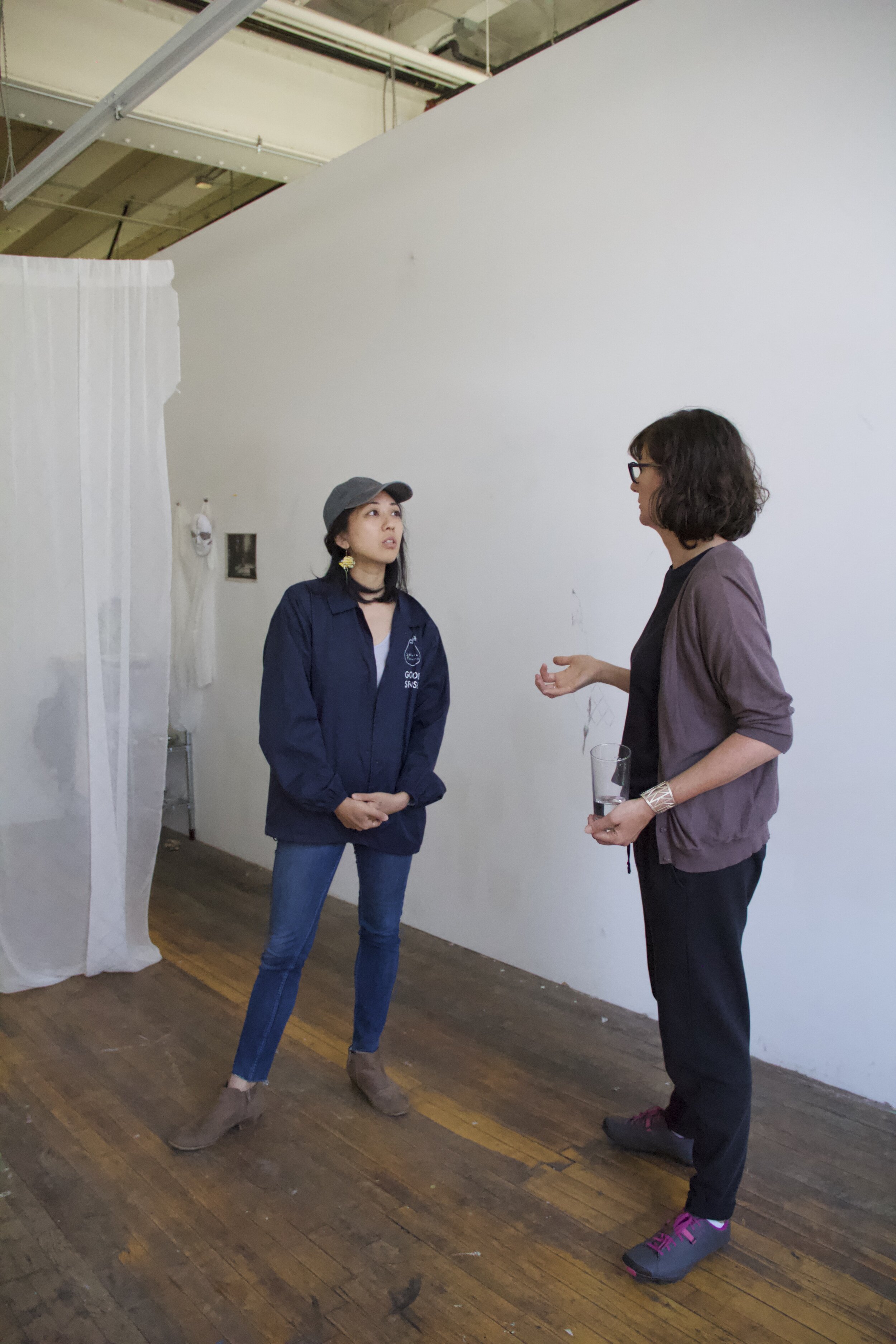
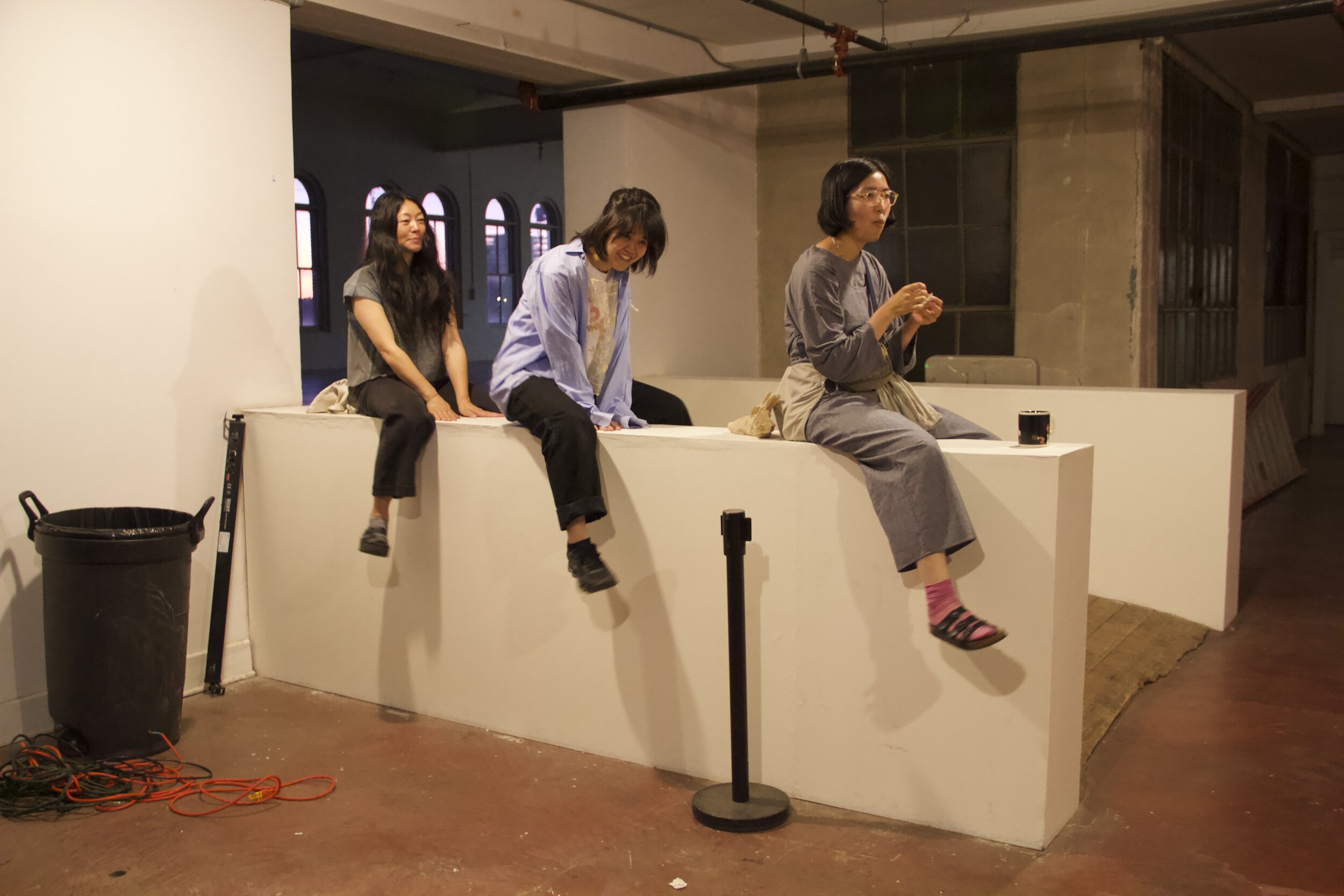
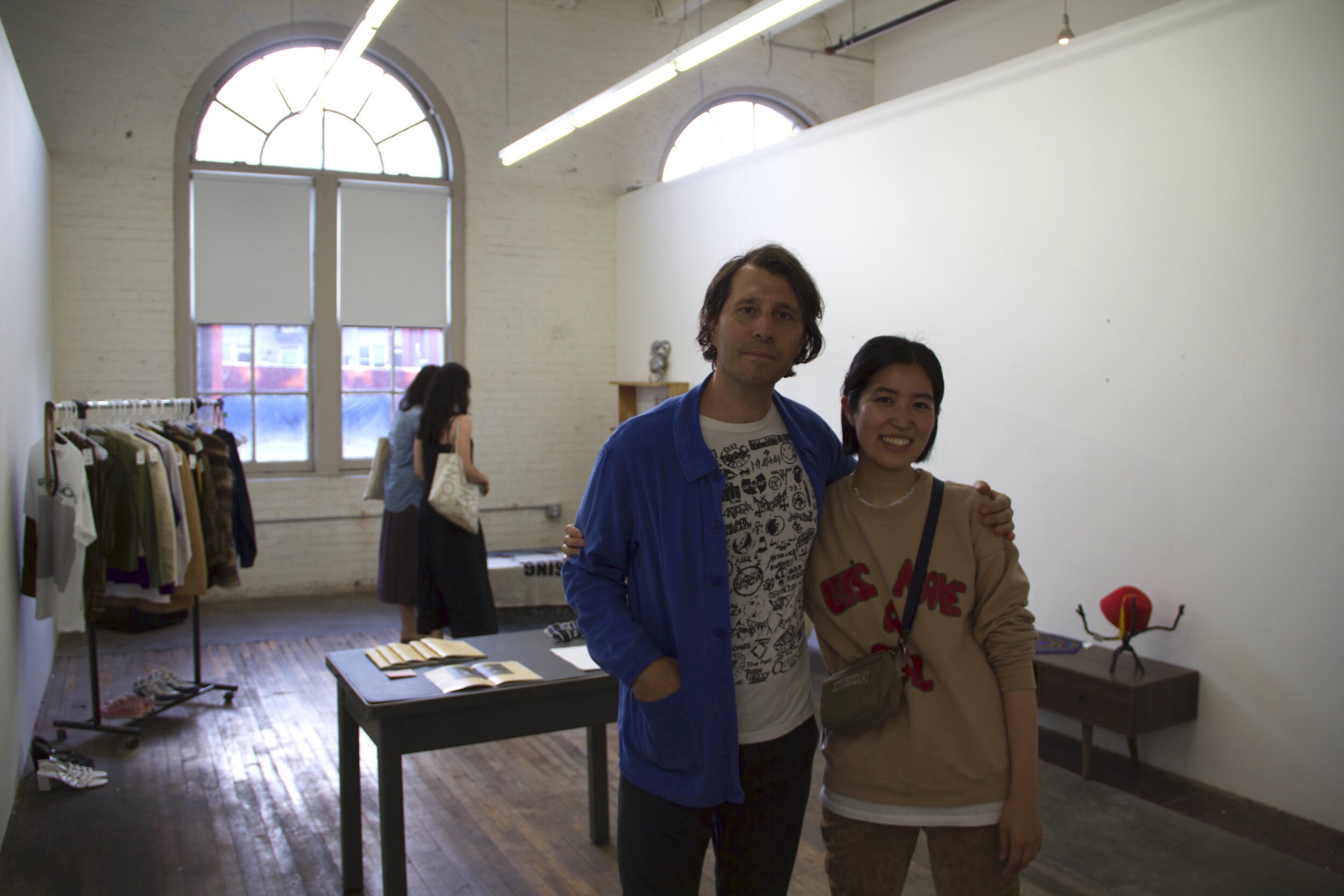
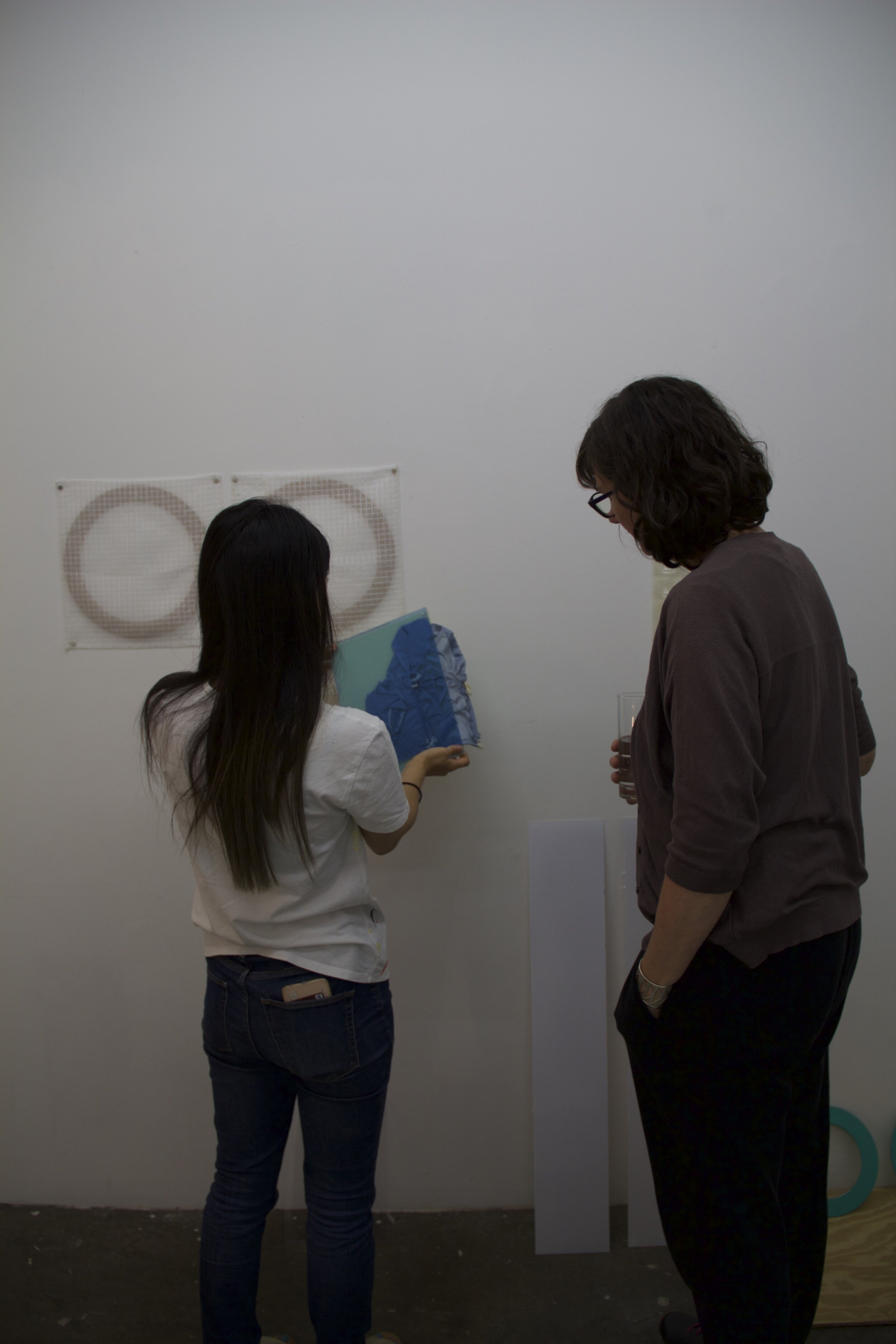
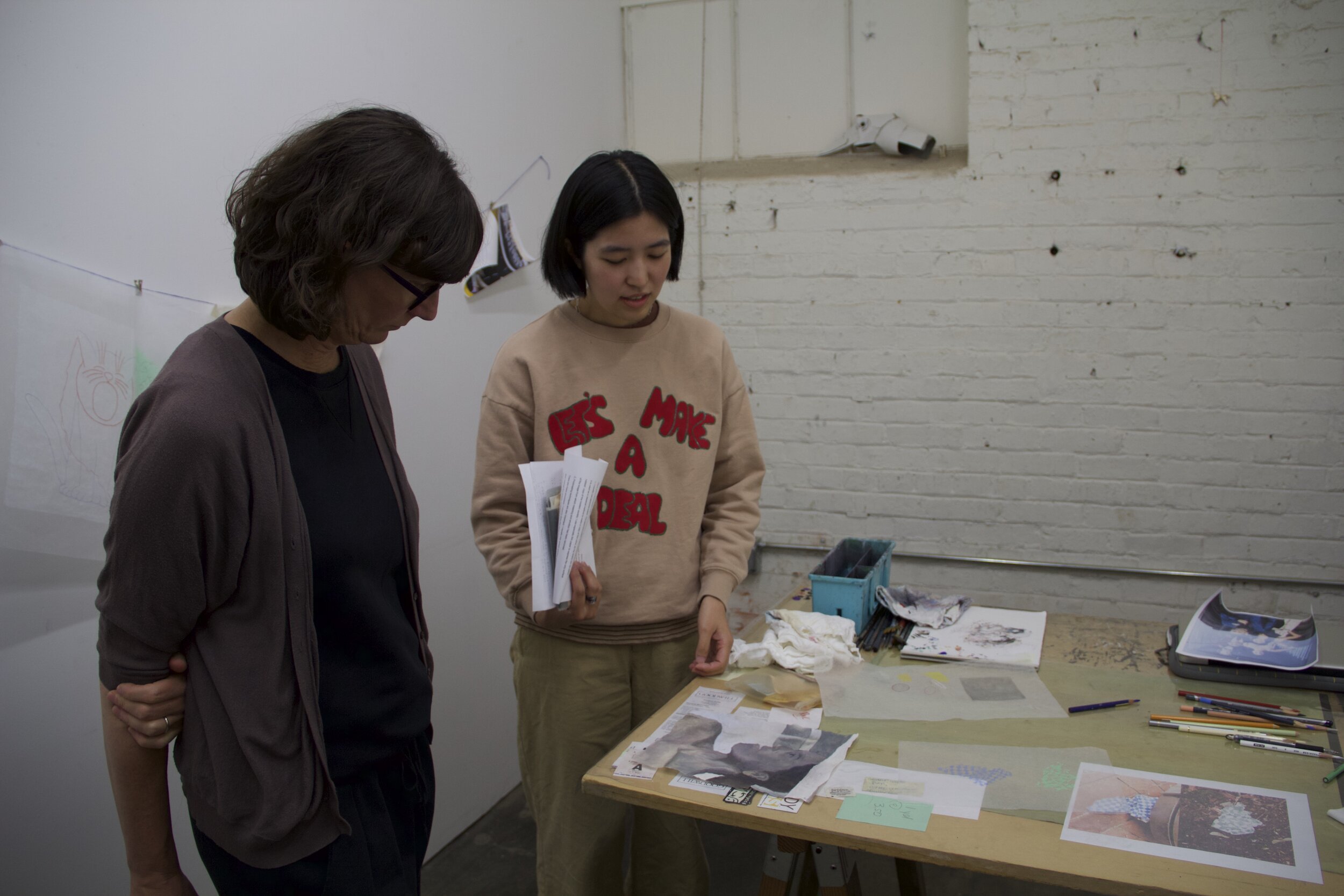
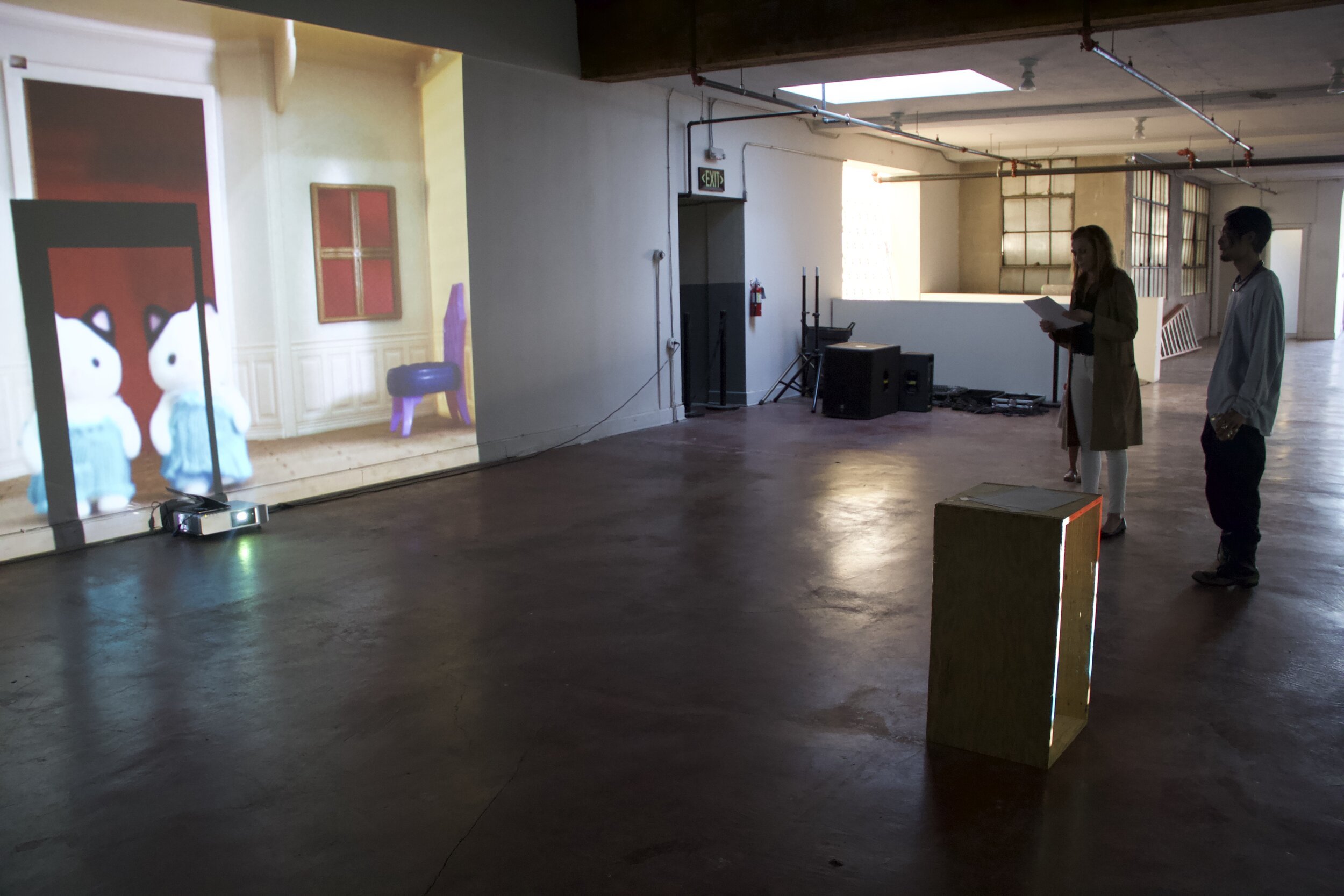

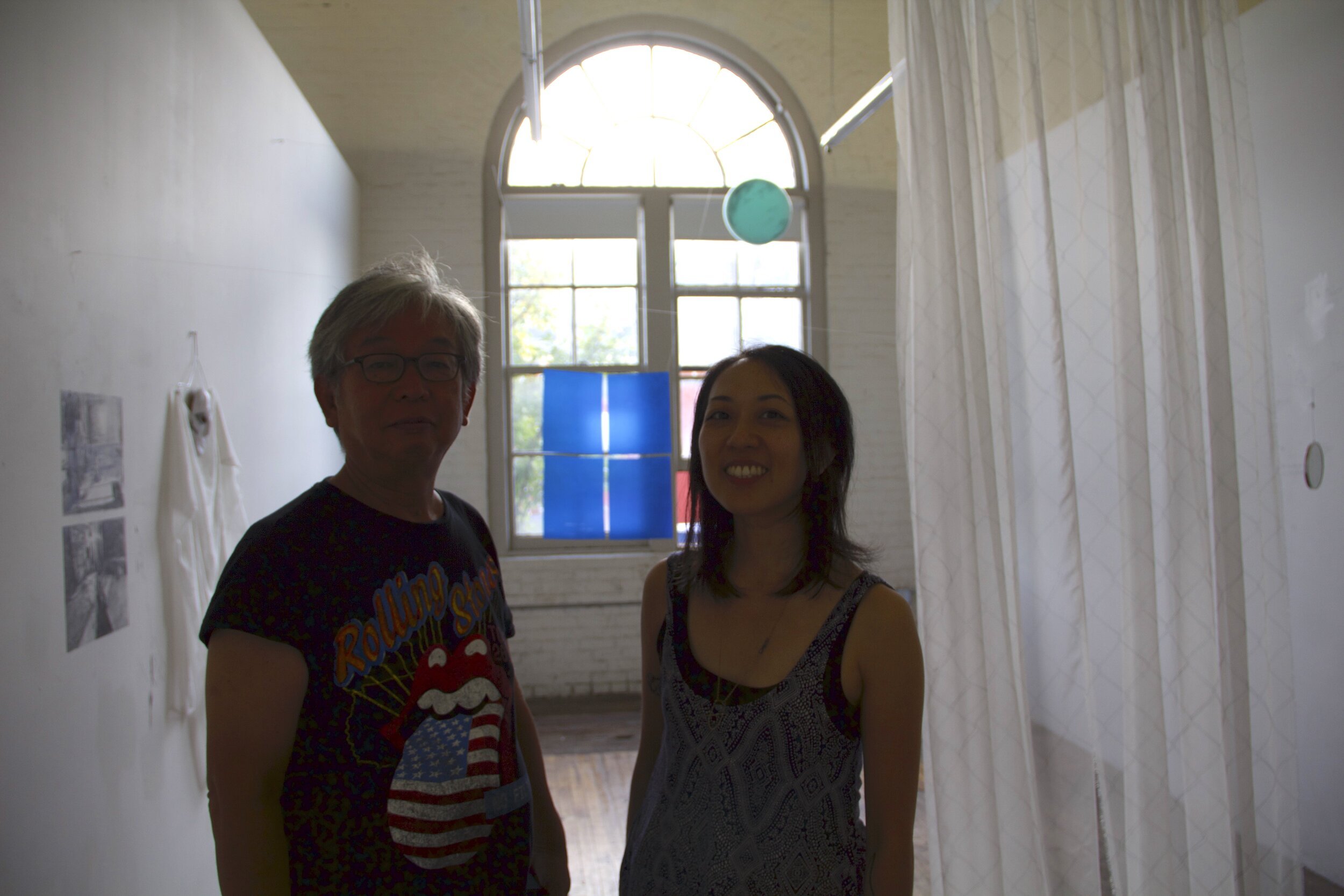
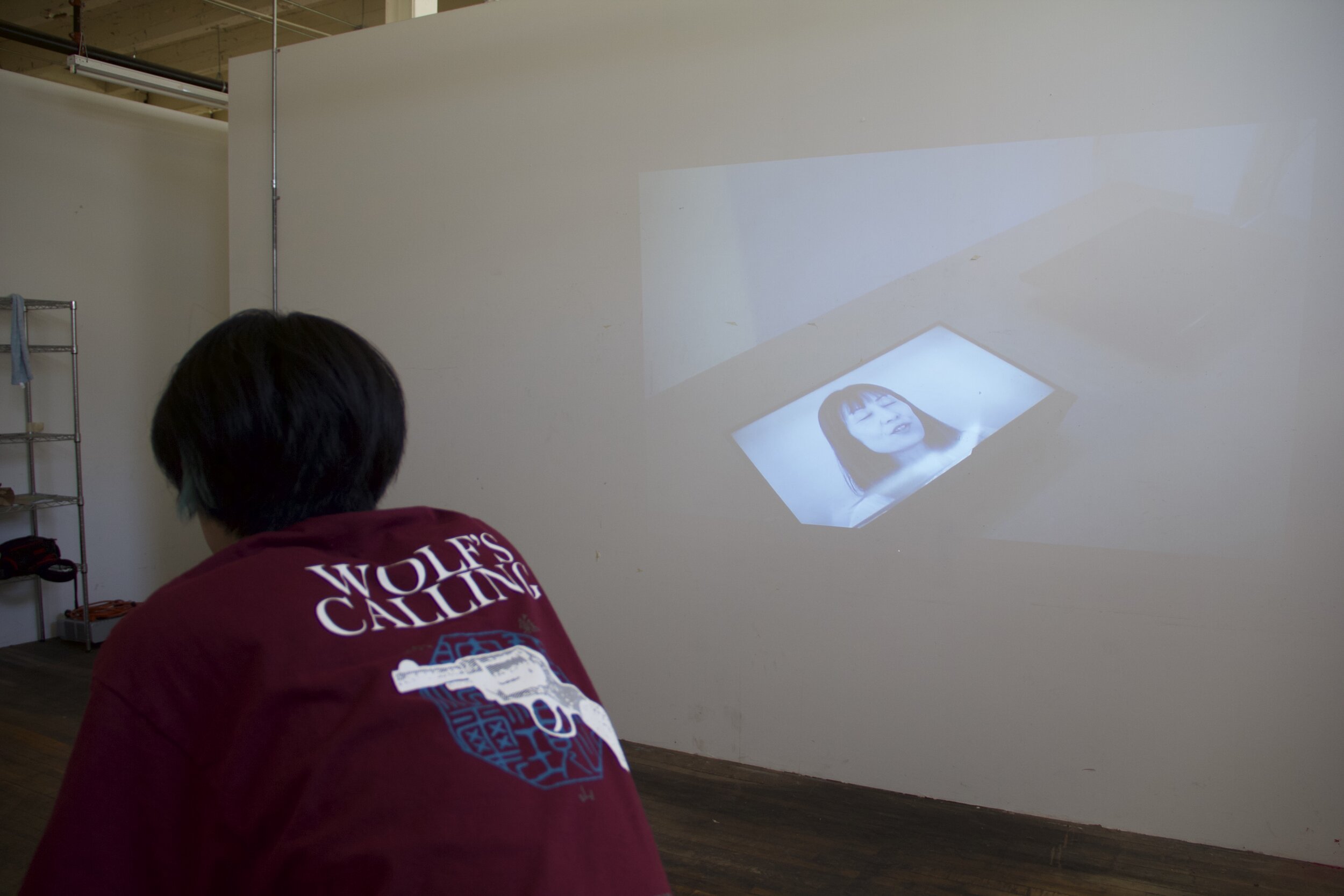
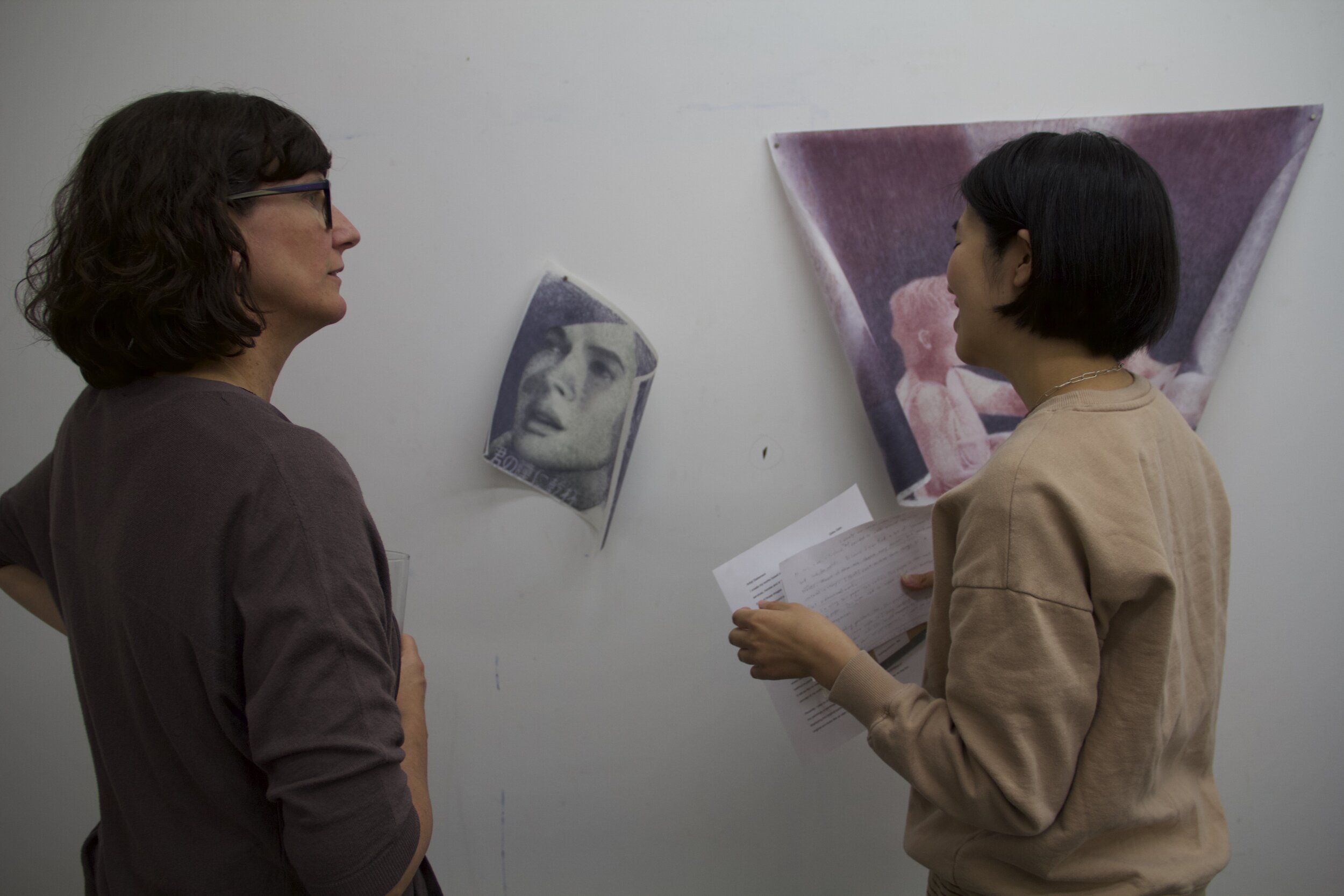
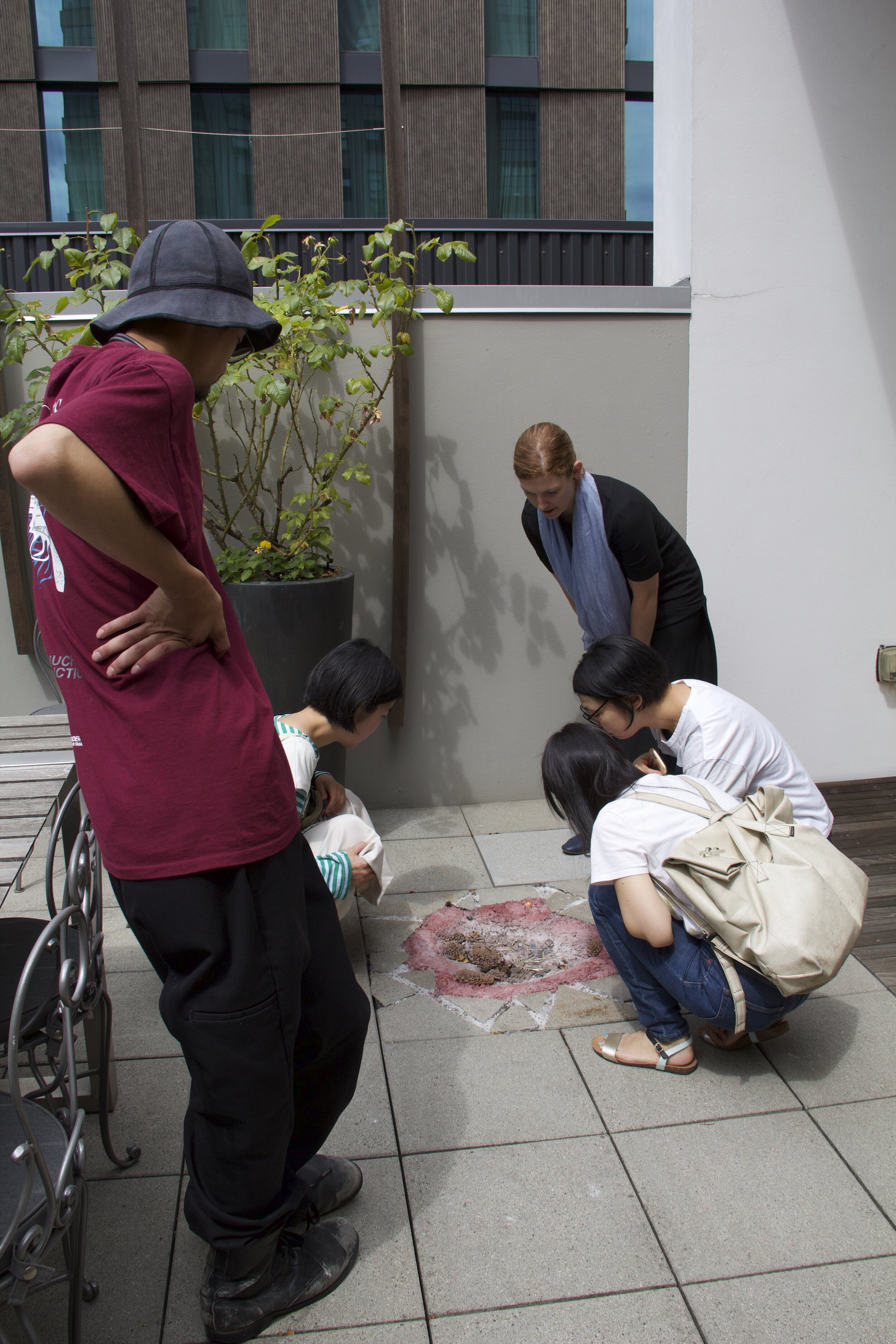

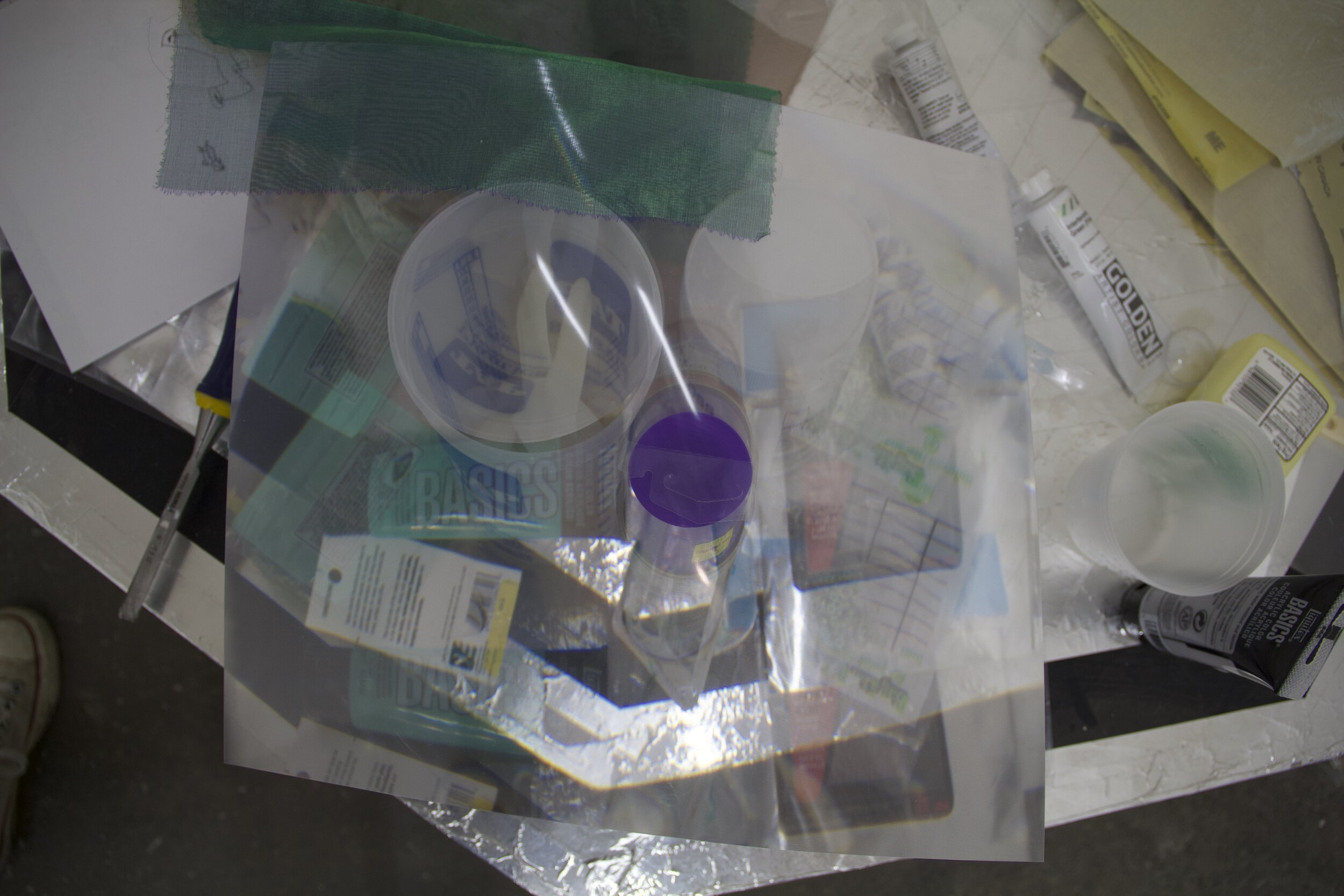
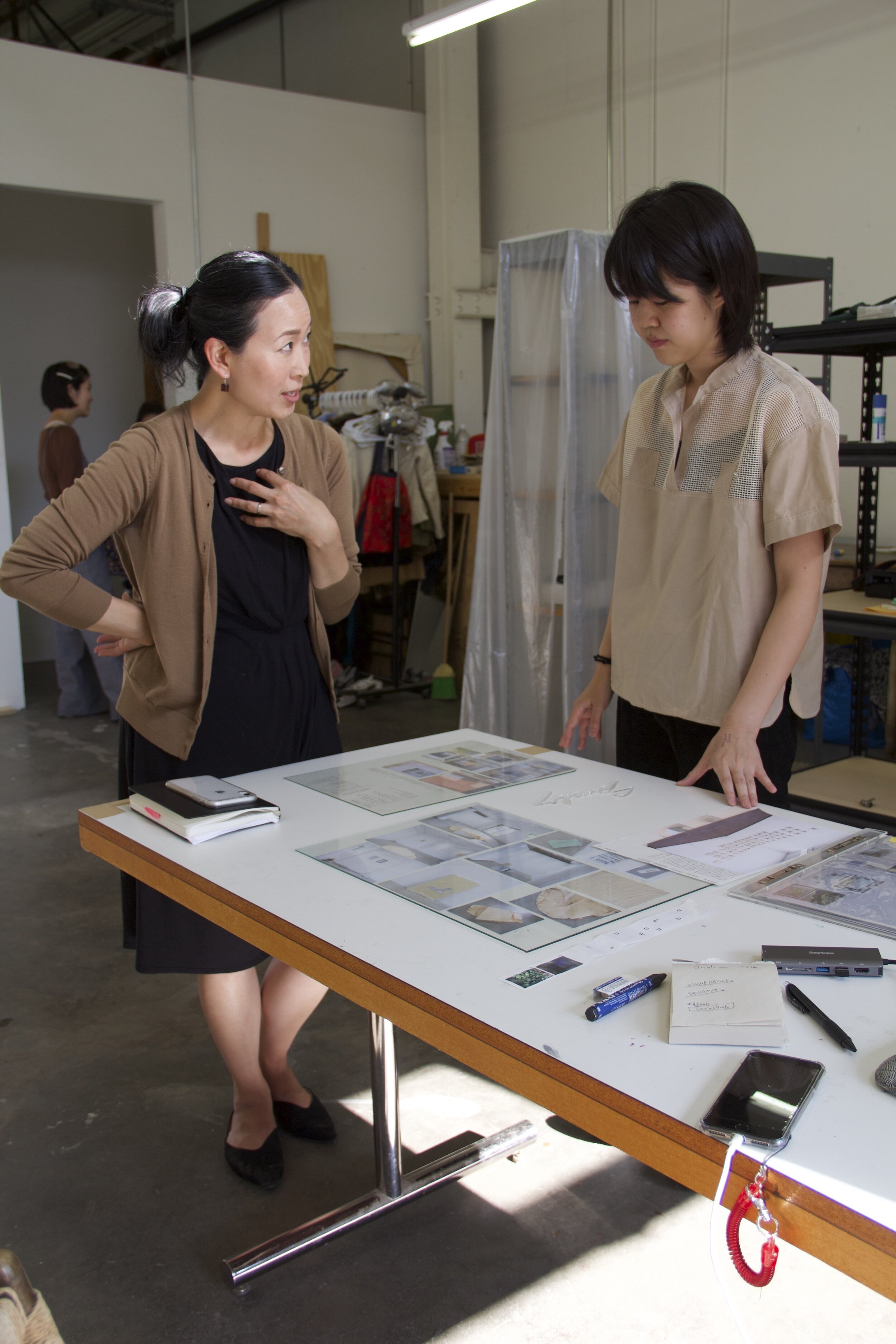
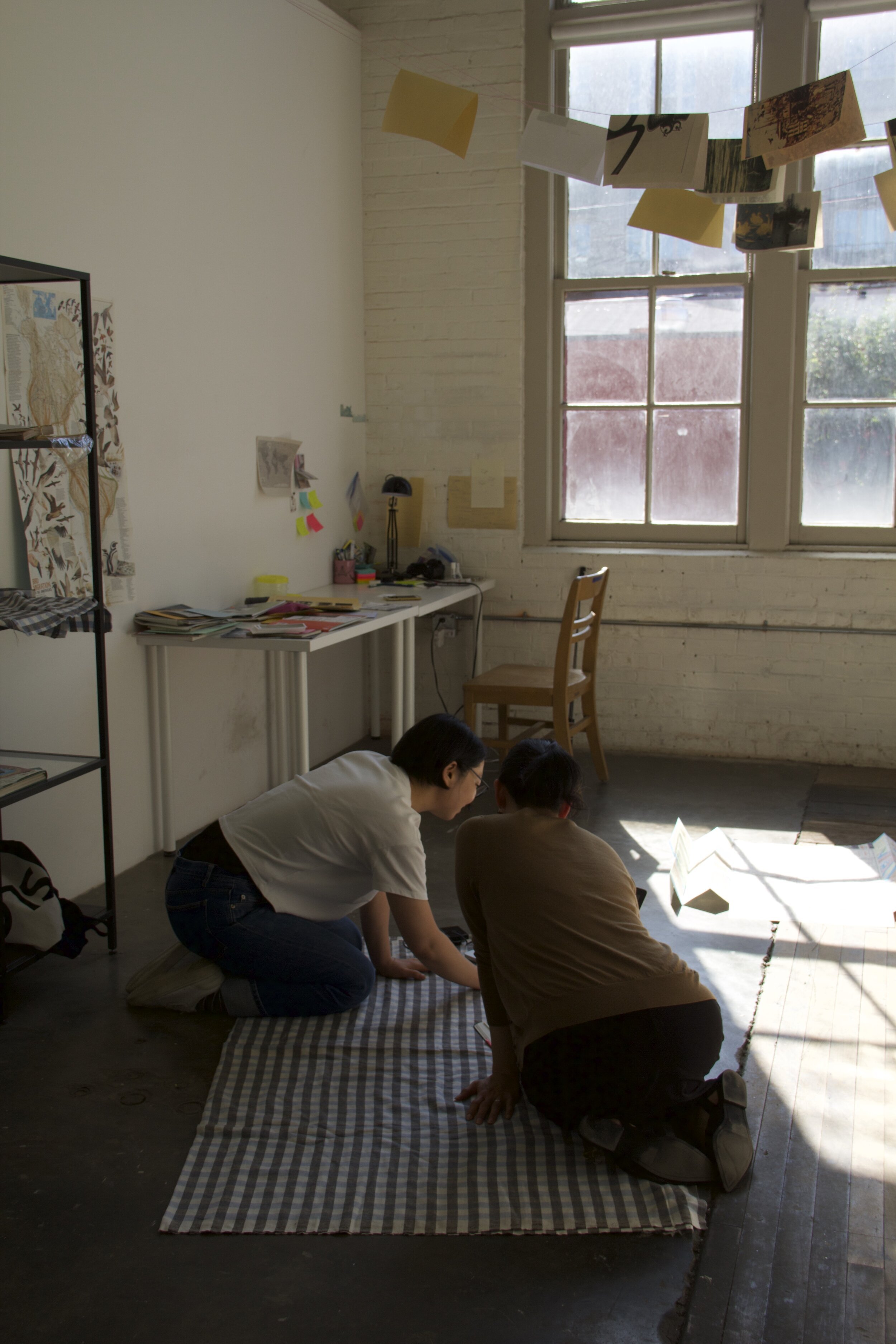
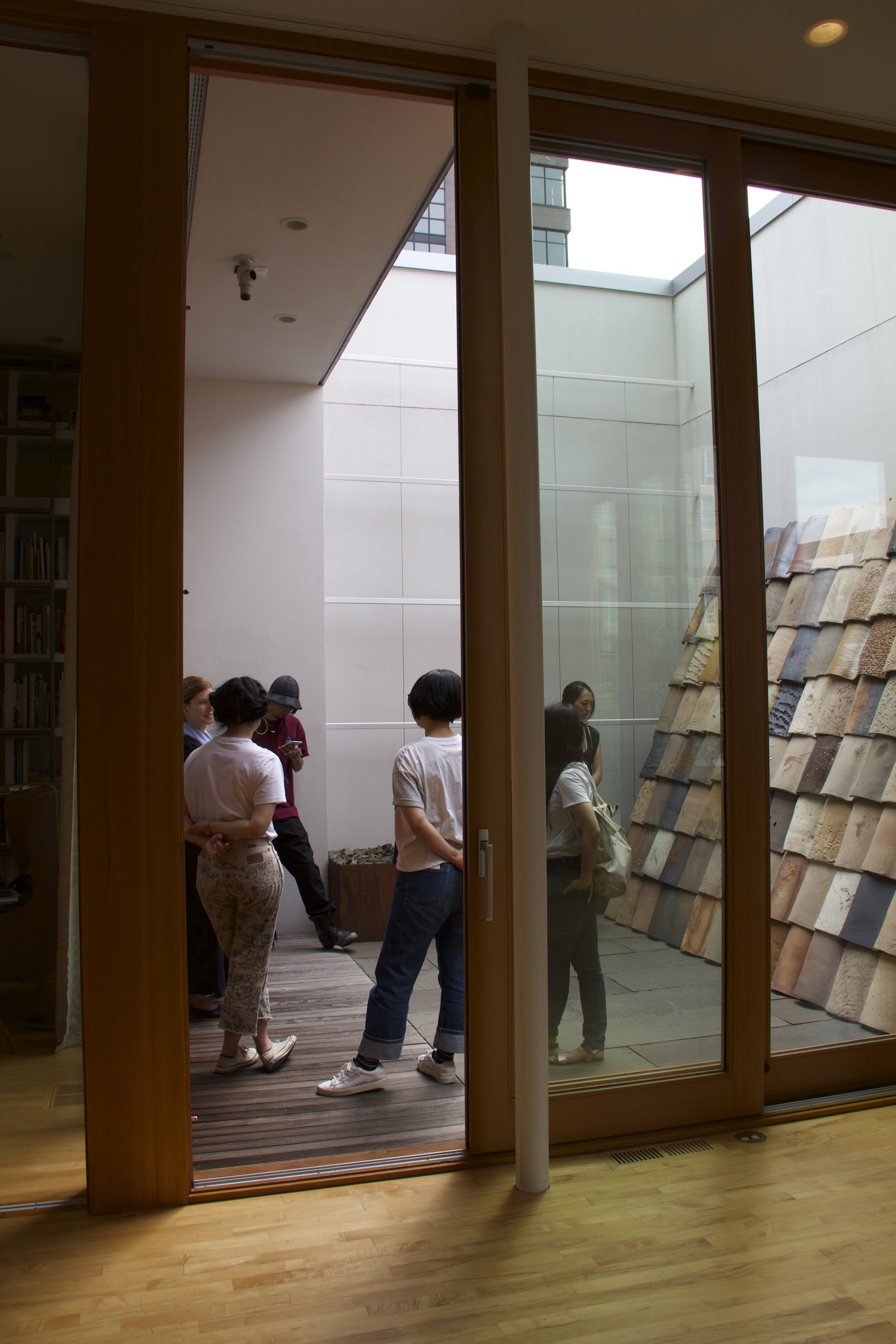
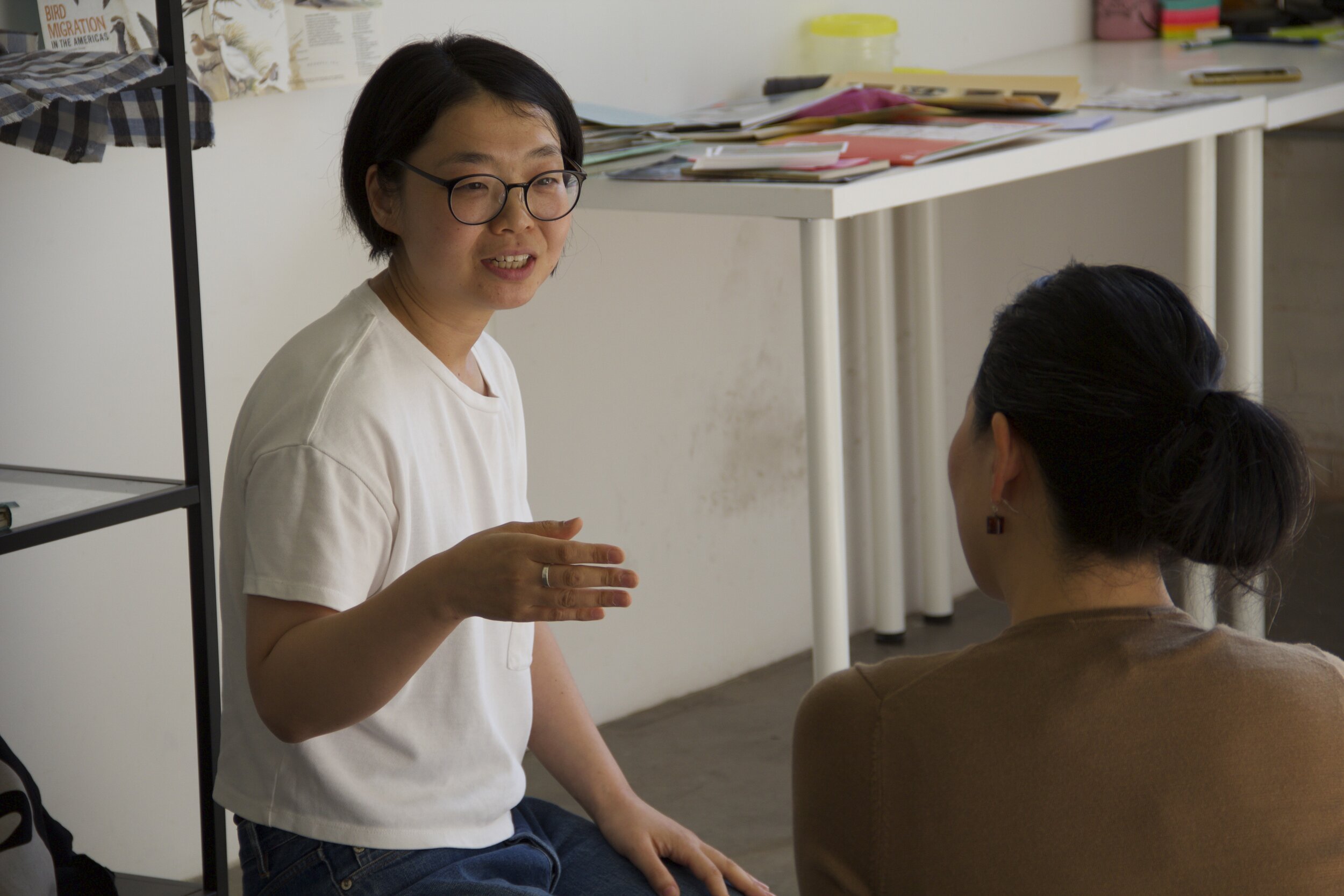
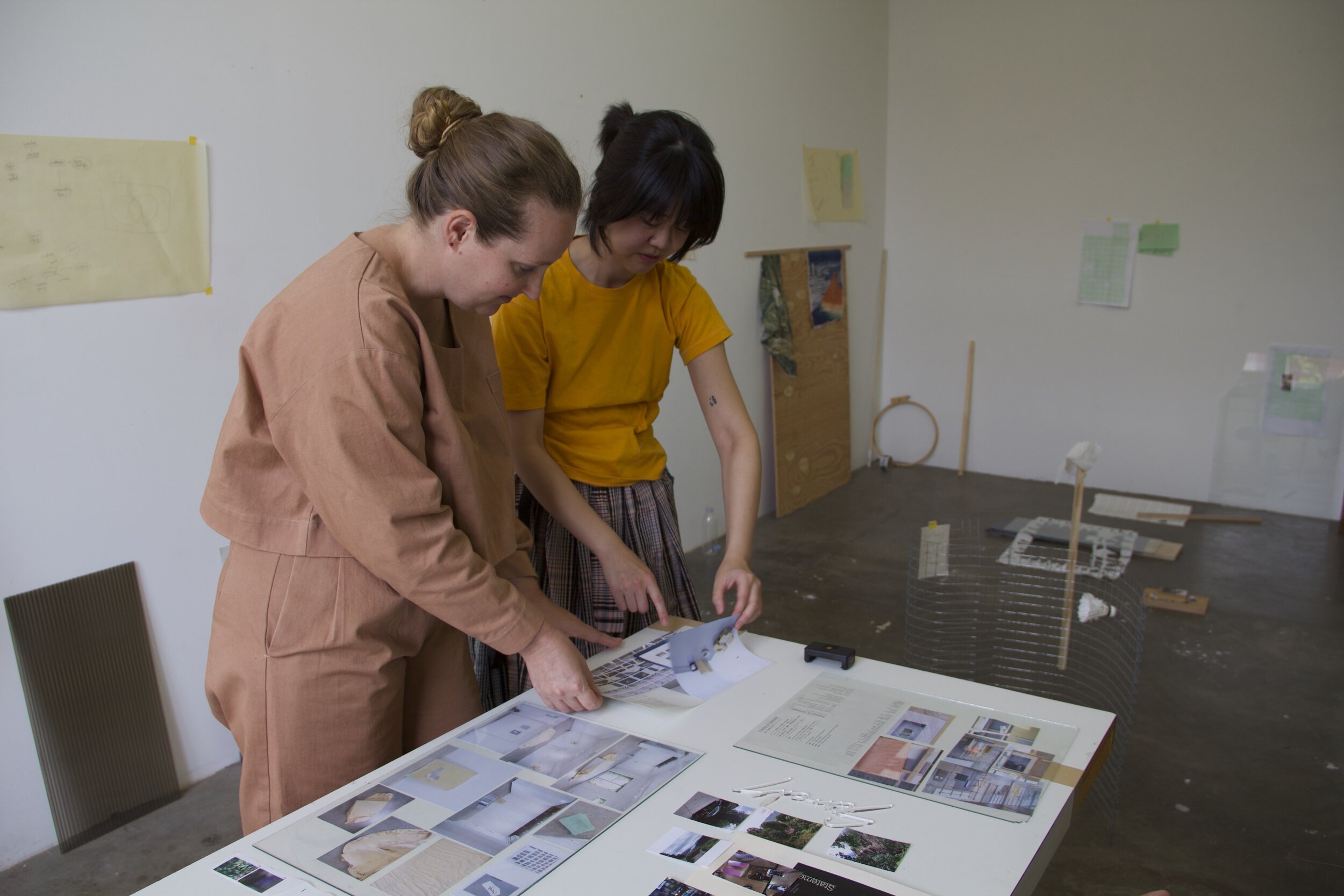
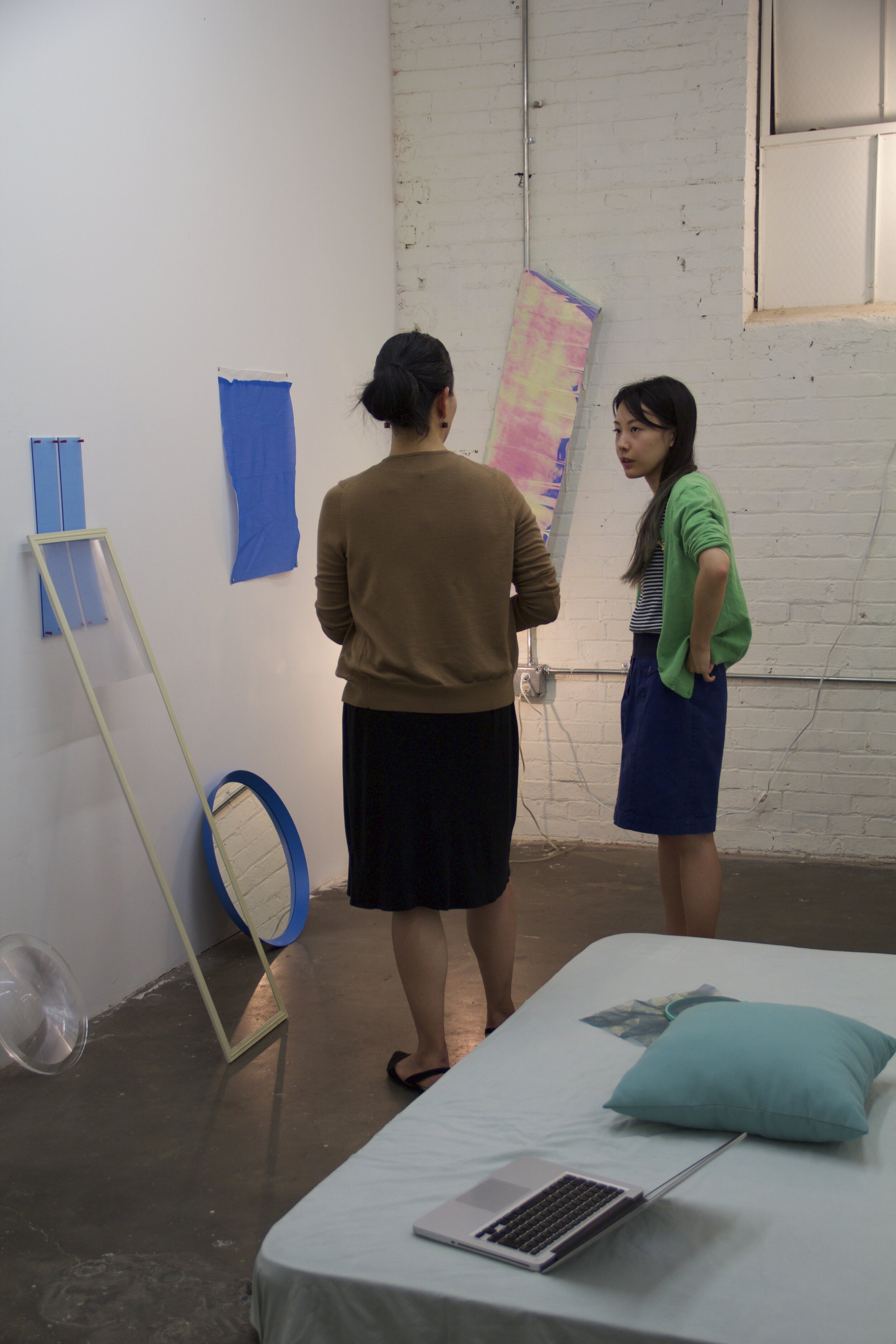
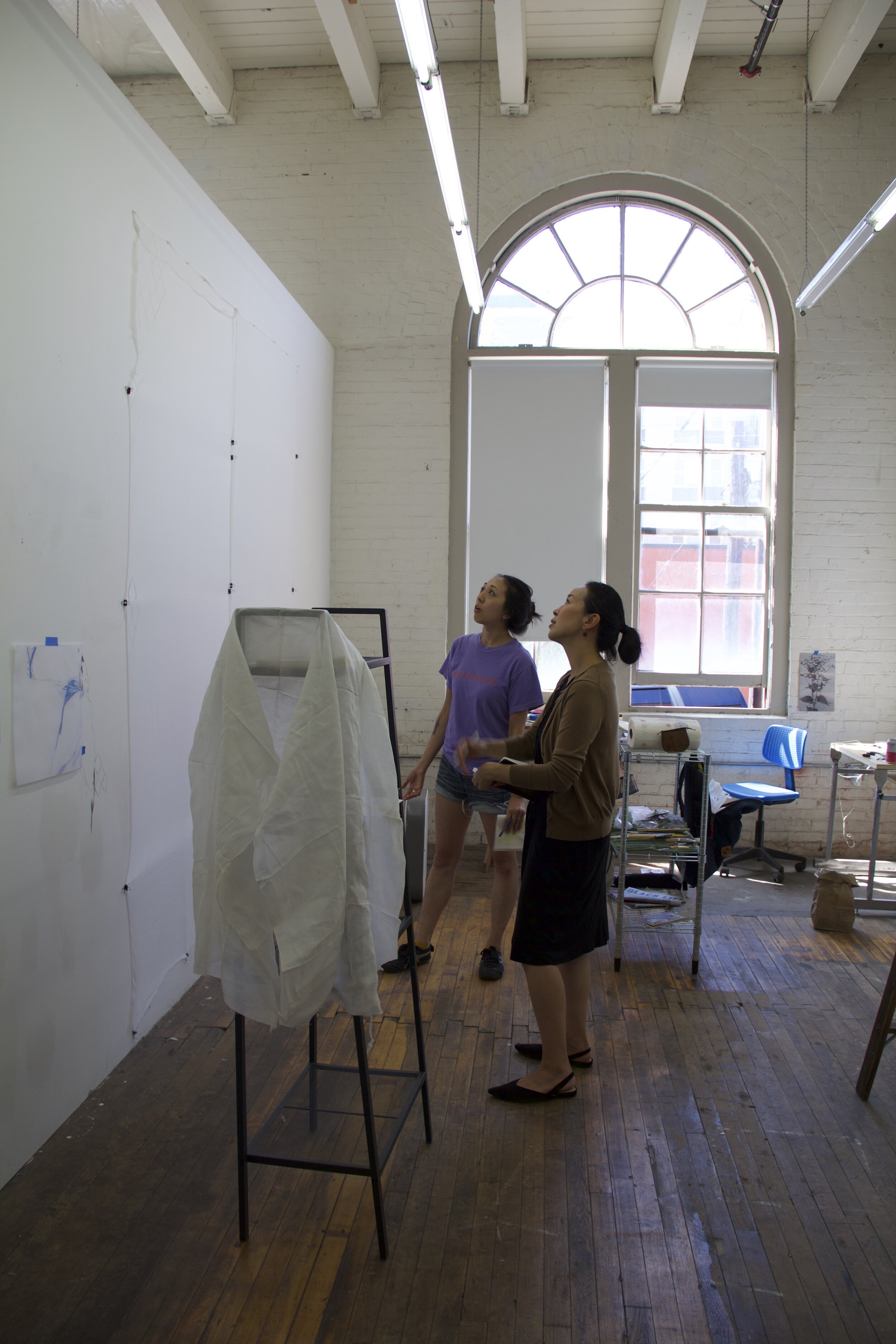
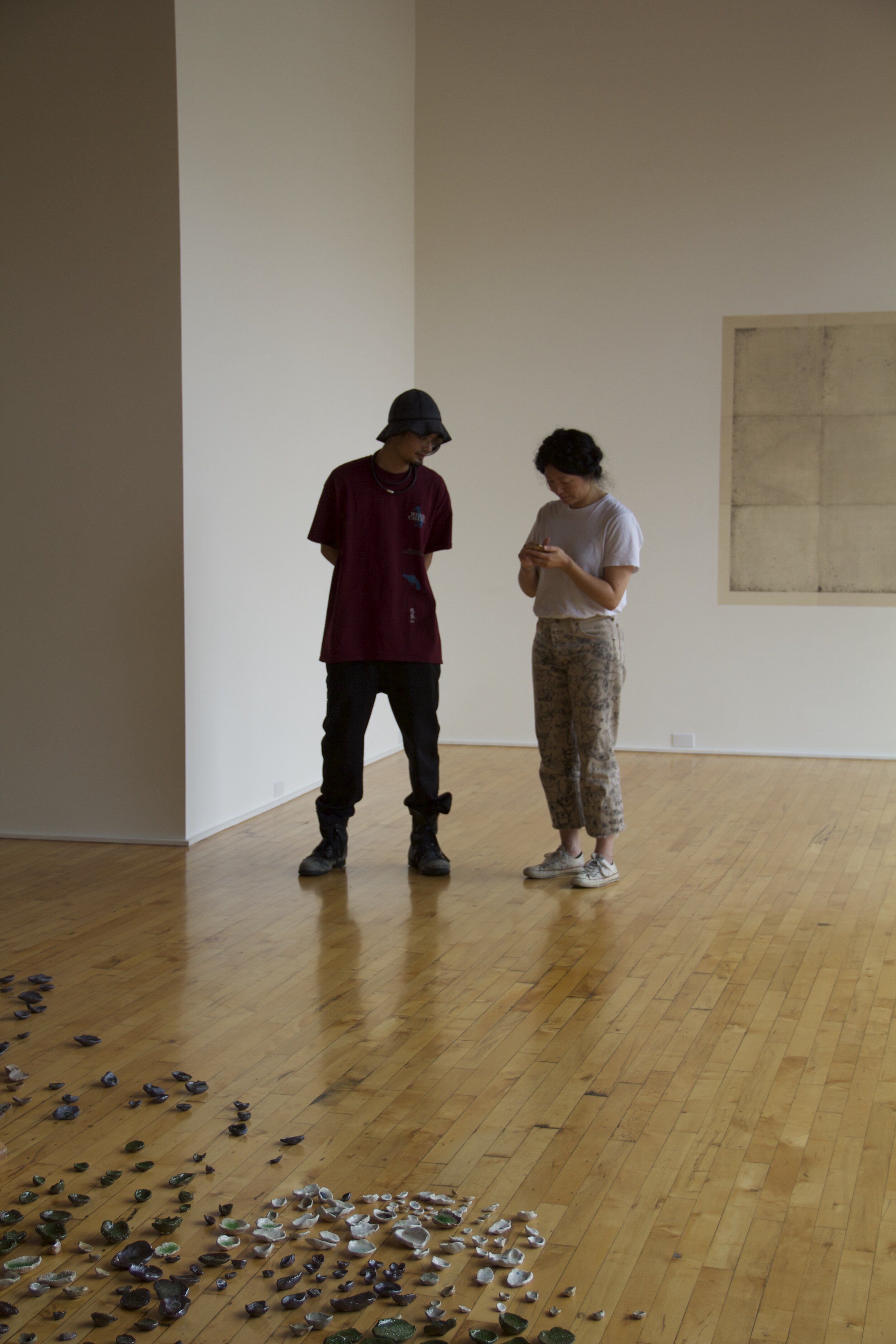
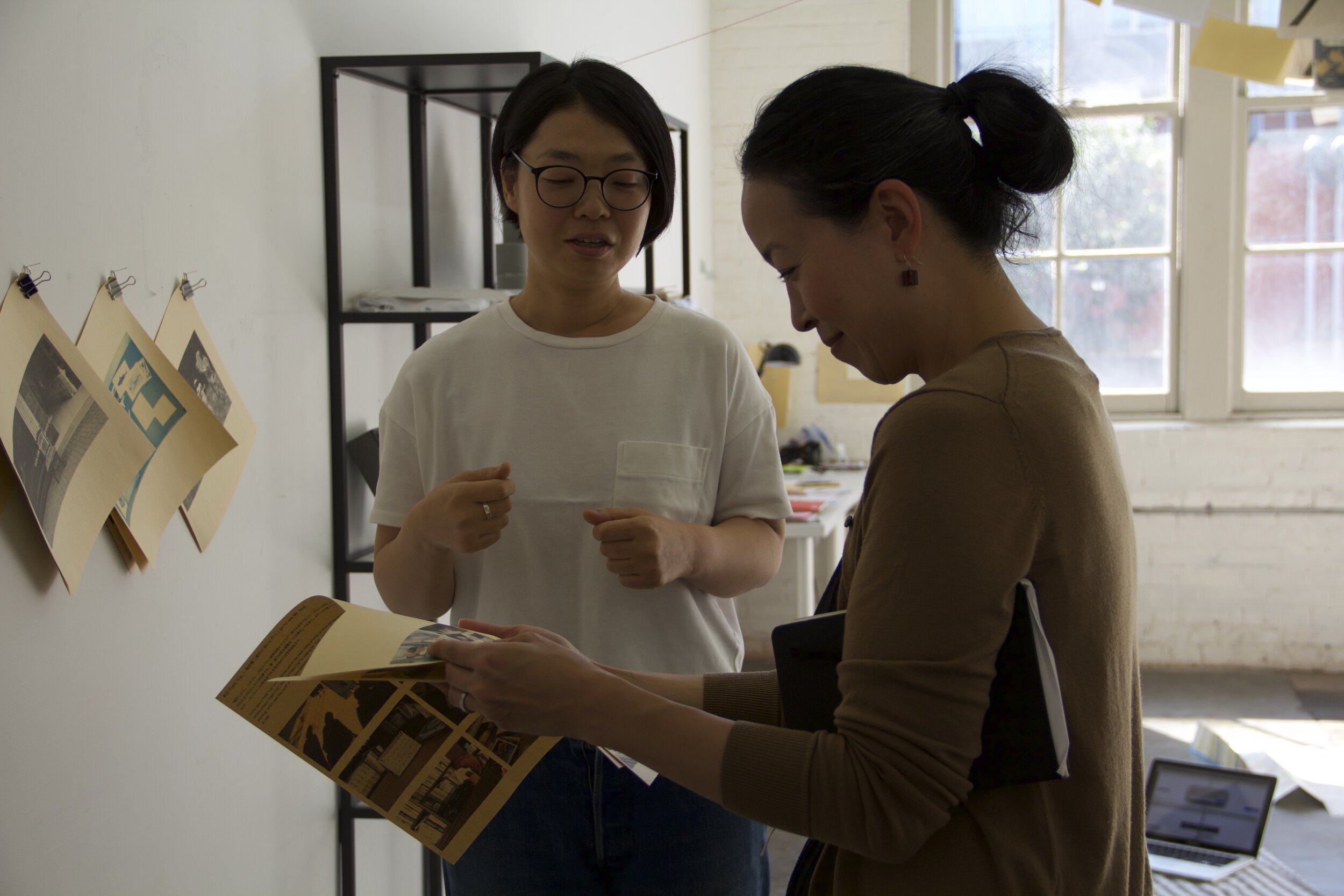
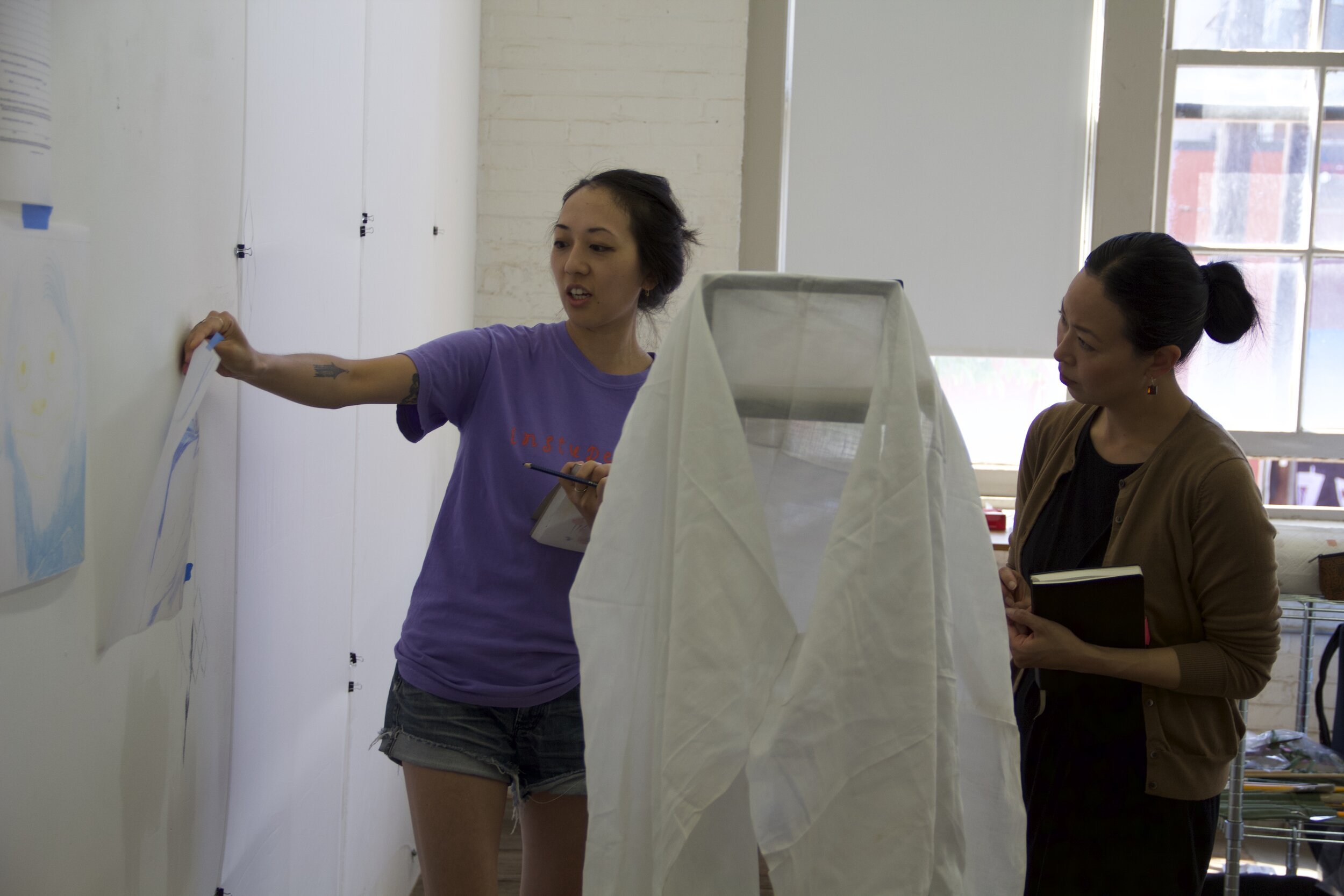
Artists in Residence
Guest
Lecturers
“End of Summer is in many ways a continued evolution of the basic impulse to share this place with others, and have an experience together in a fixed amount time.”
— Matt Jay
Namiko Kunimoto is a specialist in modern and contemporary Japanese art, with research interests in gender, race, urbanization, photography, visual culture, performance art, transnationalism, and nation formation. Her essays include “Olympic Dissent: Art, Politics, and the Tokyo Games” in Asia Pacific Japan Focus, “Tactics and Strategies: Chen Qiulin and the Production of Space” forthcoming in Art Journal and “Shiraga Kazuo: The Buddhist Hero” published in Shiraga/Motonaga: Between Action and the Unknown. Dr. Kunimoto’s awards include a Social Sciences and Humanities Research Council of Canada Fellowship, Japan Foundation Fellowships (2007 and 2016), a College Art Association Millard/Meiss Author Award, and the OSU Alumni Award for Distinguished Teaching (2018). She has been a panelist for the National Endowment for the Arts and is an executive member of Japan Arts and Globalization and Vice-President of the Japanese Art History Forum. Her book, The Stakes of Exposure: Anxious Bodies in Postwar Japanese Art, was published in February 2017 by the University of Minnesota Press.
Event:
“Tsujimura Kazuko and the Dance without Body”
Co-Presented with Yale Union
on the occasion of Yale Union’s exhibition Yutaka Matsuzawa
August 4th 2019, 6:30 pm
“…I open my womb to inhale every occurrence in the world.” Tsujimura Kazuko, 1971.
A common interpretive framework posits that postwar cultural production sought to emphasize bodily carnality as an antidote to wartime propaganda that gave primacy to the union of the state rather than to the individual. During the 15-year war, the government officially promulgated terms such as kokutai (national body), which referred to the uniqueness of the Japanese as authenticated by their “divine origins.” The heavy-handed rhetorical use of kokutai in state propaganda was rejected in the postwar period, and some artists instead celebrated the oppositional nikutai (carnal body). However, women were often excluded from the nikutai movement because of the obvious strictures against female nudity, transgressiveness, and female sexual desire. Tsujimura Kazuko (1941-2004) was an avant-garde dancer who aimed for a “dance without body, without dancing.” While Tatsumi Hijikata of Ankoku Butoh declared the primacy of the carnal body in his works like Revolt of the Flesh, photographs reveal that Tsujimura tried to fuse her body with the natural environment, to be transparent, and to disappear. Her works might be understood as a rejection of the rhetoric of the national body as well as the heavily masculinized nikutai or “carnal body.” In 1974, Tsujimura started her own dance school, and had numerous conceptual dance events in collaboration with Matsuzawa Yutaka (a leading Japanaese conceptual artist), the Parinibbna Paliyaya Body Group, and other visual artists such as Ikeda Tatsuo. Tsujimura’s demand to de-materialize the body from dance was a means to break away from the nikutai-kokutai binary and thereby created a new space for women’s avant-garde art.
Guest Lecturer
Haeyun Park
Haeyun Park is an art historian, critic, and doctoral candidate in the Department of Art History at The Graduate Center, City University of New York. Her dissertation examines the development of video art through a trans-Pacific constellation of artistic practices by Korean, Japanese, and Asian-American artists in the 1970s and 1980s. She is a recipient of the Asian Cultural Council Grant, the Early Research Initiative Pre-Dissertation Fellowship, and the Graduate Center Five-Year Fellowship. Her writings have been published by Keio University Art Center, Tokyo Arts and Space, the Journal of Chinese Contemporary Art, and the New Museum of Contemporary Art. She has worked in the curatorial departments at the New Museum of Contemporary Art, International Center of Photography, and the Museum of Modern Art in New York. Her previous education includes a B.A. from Yale University (History) and two M.A.s from Columbia University (East Asian Studies and Art History).
Event:
“Trans-Pacific Currents: Video as Post-Painterly Practice”
August 10th 2019, 6:30 PM
Haeyun Park presented her ongoing research examining the development of video art within a trans-Pacific framework, highlighting the intersections and divergences between Korean, Japanese, and American artists. The history of video art has traditionally been narrated through a trans-Atlantic lens, focusing on the work of Euro-American artists who primarily used video to create an alternative channel of communication against the centralized network and media politics of broadcast television. Rather than viewing Korean and Japanese video art as a mere extension or a belated phenomenon of its Western counterpart, Park’s project shifts the center of observation to East Asia, paying close attention to locally specific socio-political conditions and aesthetic concerns that shaped the discourse of artistic practice in the region.
Focusing on the work of Park Hyunki (1942-2000), Hori Kōsai (b. 1947), Imai Norio (b. 1946), and Nam June Paik (1932-2006), Park demonstrated how Korean, Japanese, and Asian-American artists in the 1970s and 1980s used video as an extension of inter-media experiments to gain a renewed understanding of the limitation and potential of traditional medium such as sculpture, painting, and performance. Working in this transitional period, when video art had not yet been institutionalized as a genre, artists were discovering new ways of seeing the world through the lens of the video camera and its feedback. Park’s lecture addressed how these artists attempted to define the nature of moving image within the context of fine arts by foregrounding the agency of matter and the body in order to critique technological determinism and the American model of modernization in the postwar period.